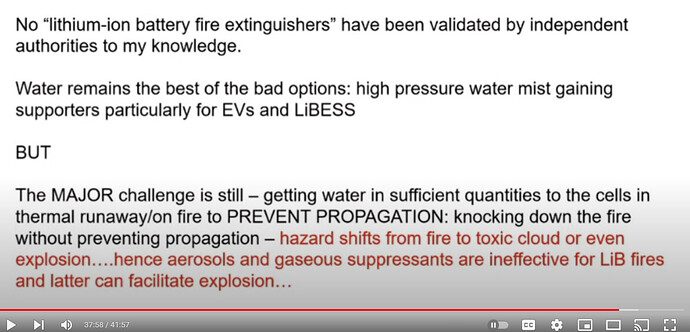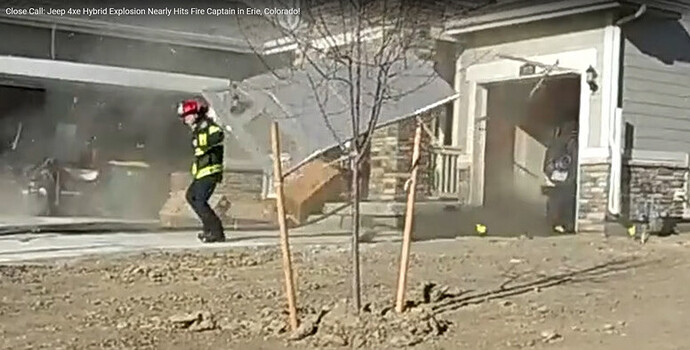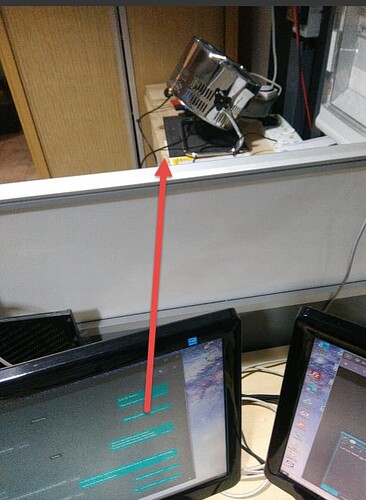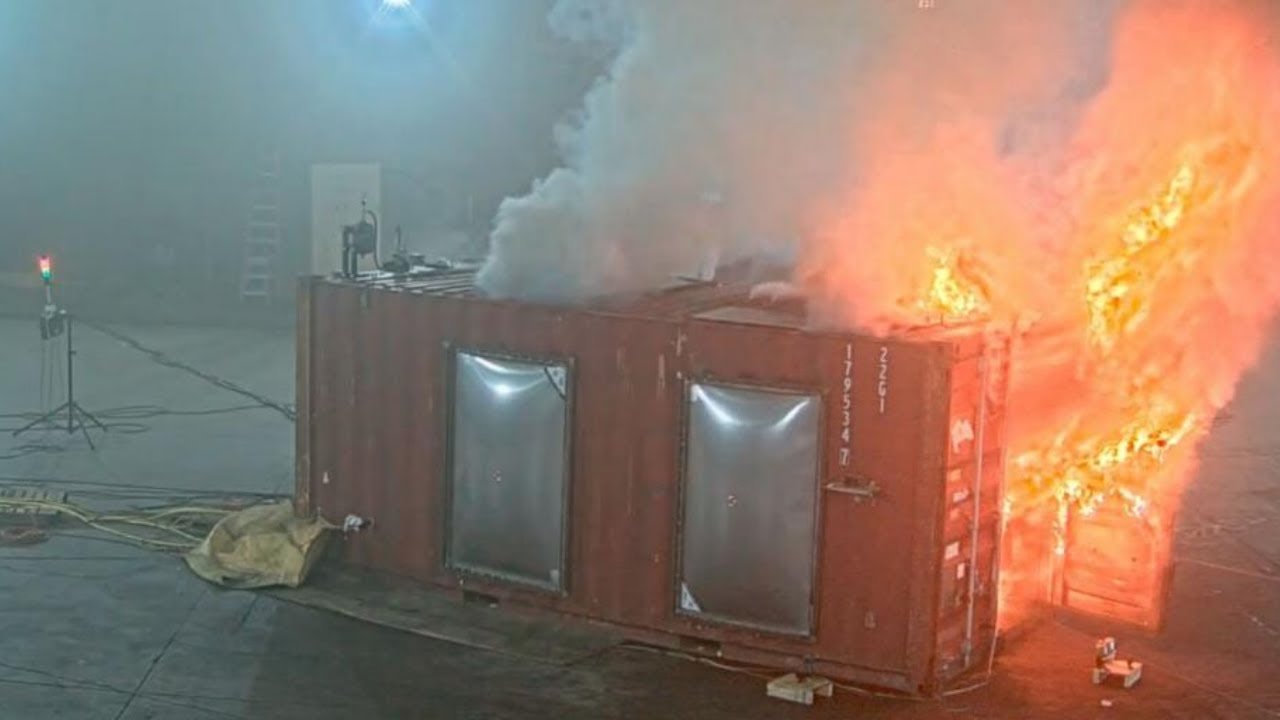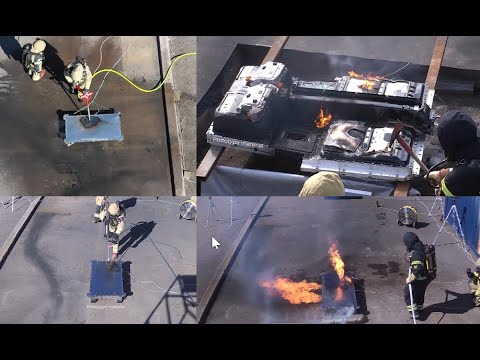Indeed. Even if it doesn’t take much effort most of the time – Google is remarkably efficient at finding stuff if you know how to ask – it takes such a lot of energy. Just going completely cynical and disbelieving everything saves so much time!
Lately I decided I’m okay with my phone listening all the time, because it saves me so much time. We’d be having a discussion about something, over dinner, and I can just go: “Hey google, how old was Winston Churchill when he died?” and the electronic assistant will actually answer it out loud. Really useful…
Anyway, I thought I would copy something here I wrote on social media last night, where the underlying topic is my fascination with the overlap between the anti-movements. People who disbelieve climate change, are often also anti-EV and anti-vax. The arguments are often similar, the boogeymen behind the hoax is shared, it all sounds so similar that it melts into one, for myself, also including flat earthers (another topic the social media algorithms decided I should see more of… probably because I am not the only one who sees the overlap).
Anyway, without further ado… here is my ramblings from late last night, slightly adjusted for context:
— snip —
That’s exactly the part that fascinates me, the very high level of distrust. That in itself isn’t wrong, there is a certain level that is healthy, but it also seems trivial to me that too much distrust is harmful.
To use a possibly divisive example: Flat earthers. I used to think they don’t really exist and those who claim to be of that school of thought are merely being satirical. Turns out I was wrong about that: This is a group with an extreme level of distrust, to the extent that they will only trust that which they can see with their own eyes. The earth looks flat, therefore it is flat. In many ways, I don’t see it as a failure of “science”, but rather what happens when something good (insisting on empirical proof) is taken to the extreme. Or in philosophical terms, first science becomes scientism (the belief that only science gives true answers), and then when scientism is taken a step further, it becomes flat-earthism, where only science (or research) you’ve done yourself gives true answers.
In the same manner, that distrust has led to a place where we now distrust epidemiologists, the medical profession, statisticians, and so forth. Strangely, we do trust some guy with a YouTube channel though. I know I’m being critical here… I do apologise.
For myself, I also did “my own homework”. The trouble with doing your own homework, is you have to be acutely aware that you are not qualified for the job. Personally I have a degree in mathematics and computer science. That means I understand the maths and the stats, mostly. I don’t always understand the biology, so for that I defer to other people. I have to, I cannot distrust those people.
From this I eventually concluded that the vaccines were mostly harmless. A whole heap of them were “old tech”, you take something like a human Adenovirus, slap another payload into it, and use it to generate an immune response. Do it right, and he is a step ahead when he deals with the real thing.
As for the new tech (mRNA), that wasn’t all that new either. Some research dug up an old paper in the journal Nature, before all this nonsense, where the writers of the paper heralded that the technology has come of age, the advantages of using this tech (it is really easy to swap out the payload, which means you can make vaccines quickly, and you don’t need heaps of human cell lining to do it). That was in 2018. The writers of that article opined that we’d be using the tech for rabies and Zika. Two years later, the world loses its mind over the new tech and start making up stories about 5G and tracking chips… good grief, do people even hear themselves? 
Then came the stats, where people frequently told me that more vaccinated people were dying. But you see… I grok math, so this turns out to be false, because of a little thing called Simpson paradox.
So for me, rather the reverse is happening. I’m growing a very severe distrust in the ability of my fellow man, in this day and age of information at your fingertips, to actually know how to use it, and of course misinformation campaigns use this fact to manipulate you. We used to think that ignorance was due to a lack of information. Now, thanks to the internet, we know that is not true.
So with all due respect to that little insult at the end [my interlocutor claimed that I lack intuition]… perhaps you need to accept that when you are differently trained, your intuition is a whole lot different.
It is a bit like in the 80s, when people were scared that they’d get the kids hooked on drugs by painting doorknobs with LSD. Well, as it turns out, nobody is stupid enough to waste their expensive LSD on painting a doorknob, and LSD isn’t habit-forming anyway… but the intuition in our well-meaning parents were ill adapted to know this. Of course that was before the internet. Not that it would have helped, probably.
![]()
